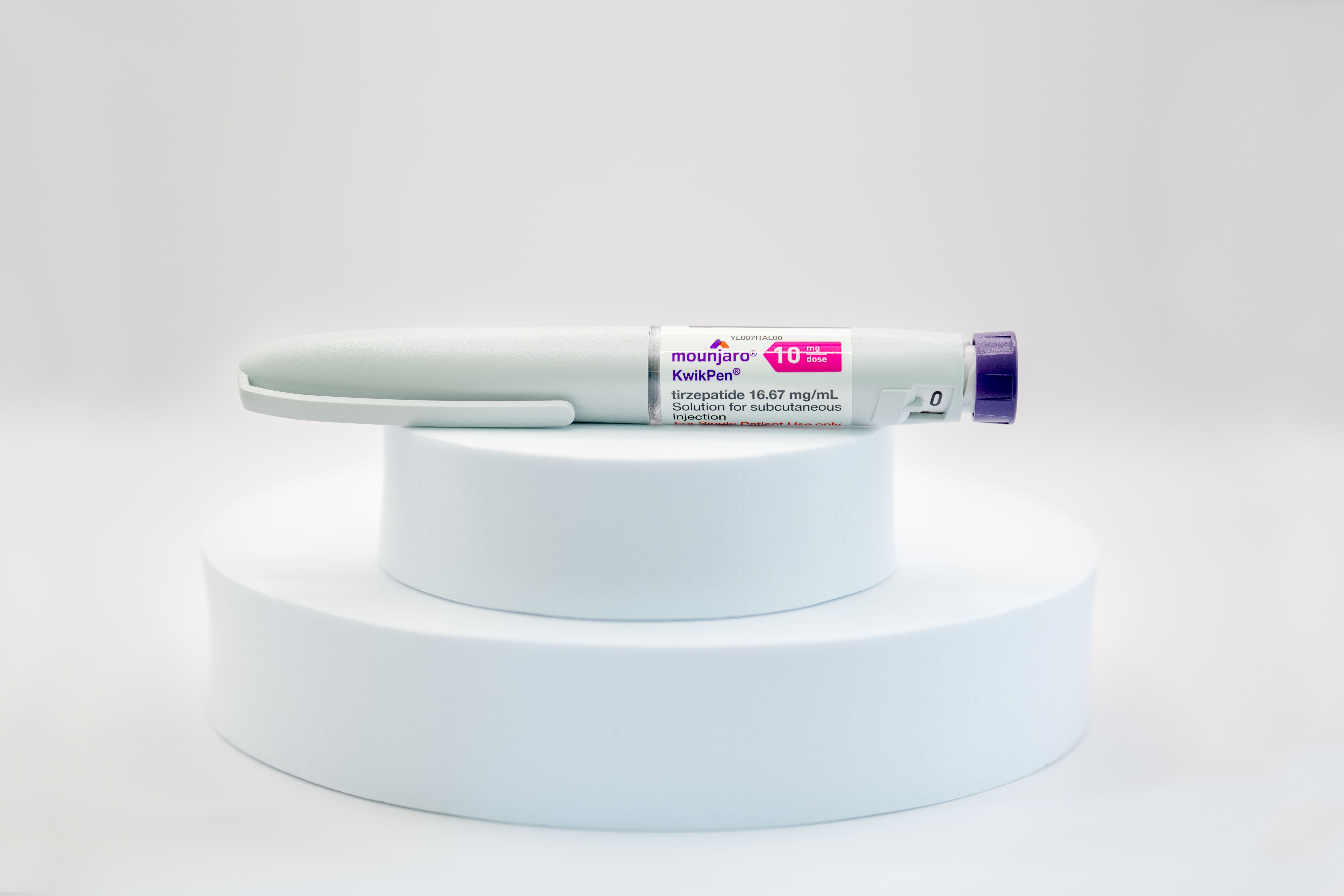Article
Relaxation Drinks: What Pharmacists Should Know
Relaxation drinks are marketed as safe, nonalcoholic supplements that help the user unwind.
Relaxation drinks are marketed as safe, nonalcoholic supplements that help the user unwind. Basically, they are flavored drinks loaded with herbal and other “natural” ingredients that promote a state of relaxation.
Relaxation Drink Ingredients
These products typically contain a myriad of herbal ingredients, vitamins, and amino acids, none of which have FDA approval to support the claims that the drink manufacturers make. In light of this, pharmacists should be aware of the typical ingredients found in many of these drinks, as well as their potential effects on drug therapy.
Melatonin
One ingredient found in many relaxation drinks is melatonin, a well-known and widely used sleep aid that is also commonly used to reduce the effects of jetlag.
Melatonin is relatively safe and has a wide therapeutic index. Overdoses of this ingredient are poorly characterized in the literature and are not generally considered to be dangerous for the majority.
However, the risk of potentiating the effects of other depressants such as benzodiazepines or alcohol may be a concern. Melatonin combined with other sleep aids may also lead to the development of unusual sleep-associated behaviors.1
St. John’s Wort
St. John’s wort is much more of a concern when it comes to drug-drug interactions.
Typically believed to enhance mood and help with depression, St. John’s wort is a confirmed CYP-3A4 enzyme inducer, so it can lead to more rapid clearance of drugs metabolized via these induced pathways. It may also impact drug disposition by increasing the expression of P-glycoprotein, an efflux transport protein.
Interactions with St. John’s wort are especially concerning when the drugs involved have a narrow therapeutic index. Select antiretrovirals, anticoagulants, and immunosuppressant agents can be impacted by St. John’s wort-associated enzyme induction. Multiple studies have shown that ingesting St. John’s wort with certain immunosuppressants or protease inhibitors used to treat HIV can have dramatic effects on drug levels and therapeutic outcomes.2,3
Kava Kava
Kava kava is another herbal component purported to reduce anxiety and enhance mood. It may impact enzyme-mediated drug metabolism by inhibiting select CYP450 enzymes responsible for drug metabolism, so it may pose an interaction risk.4
Kava kava may also carry a risk of being toxic to the liver with prolonged use or overdose. This potential hepatotoxicity may be exacerbated when combined with certain drugs such as methotrexate or tacrine. Alcohol consumption with kava kava may also increase the risk for liver toxicity, as well as the possibility for potentiation of impairment.5
Relaxation Drink Labeling
The labeling of relaxation drinks is often ambiguous. The herbal ingredients are typically listed as part of a “proprietary blend” where exact amounts of melatonin, St. John’s wort, kava kava, or other herbal ingredients are not always indicated.
As a result, it is almost impossible for patients to really know how much of the active substances they are consuming, making it difficult to accurately predict how much of an impact these drinks may have on drug therapy or patients themselves.
Dangerous Resemblance
Relaxation drinks have an additional hazard that extends beyond drug interactions and unpredictable effects.
Many of these drinks are intended to resemble illicit cocktails of codeine/promethazine cough syrup mixed with soft drinks or alcoholic beverages. These dangerous cocktails, which are often referred to as Purple Drank, Lean, and Sizzurp, are the inspiration for relaxation drinks.
Many of the legal alternatives have similar names as the slang terms for the codeine and promethazine-based drinks and are even colored the same way to simulate the presence of prescription cough syrup. As a result, these beverages may inspire patients, especially younger individuals, to try versions of relaxation drinks that contain codeine and promethazine-based cough syrup. Recreational use of prescription cough syrup, especially with alcohol, can have fatal consequences.6
Relaxation drinks have drug-drug interaction potential, unpredictable side effects, and unproven benefit, and they may also serve as a possible gateway to prescription drug abuse. Because pharmacists have a responsibility to promote and protect patients’ general health and wellbeing, discouraging the consumption of these drinks makes sense from a therapeutic and social perspective.
References
1. Chase JE, Gidal BE. Melatonin: therapeutic use in sleep disorders. The Annals of pharmacotherapy. 1997;31(10): 1218-1226.
2. Ernst EE. St. John’s Wort supplements endanger the success of organ transplantation. Archives of Surgery. 2002;137(3): 316-319.
3. Henderson L, Yue QY, Bergquist C, Gerden B, Arlett P. St John's wort (Hypericum perforatum): drug interactions and clinical outcomes. British Journal of Clinical Pharmacology. 2002;54(4): 349-356.
4. Mathews JM, Etheridge AS, Black SR. Inhibition of human cytochrome P450 activities by kava extract and kavalactones. Drug Metabolism and Disposition. 2002;30(11): 1153-1157.
5. Teschke R, Schwarzenboeck A, Hennermann K-H. Kava hepatotoxicity: a clinical survey and critical analysis of 26 suspected cases. European Journal of Gastroenterology & Hepatology. 2008;20(12): 1182-93.
6. Agnich LE, Stogner JM, Miller BL, Marcum CD. Purple drank prevalence and characteristics of misusers of codeine cough syrup mixtures. Addictive Behaviors. 2013;38(9): 2445-2449.






